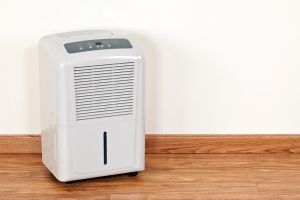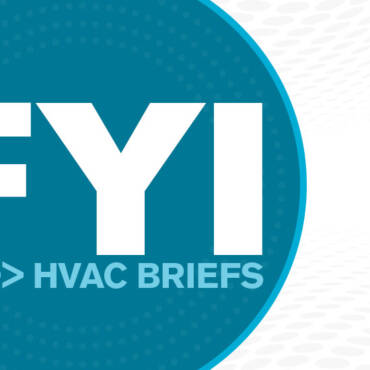“Can’t I just get a portable dehumidifier instead of a whole-house one?”
Instead of trying to convince you one way or the other, we’ve listed several qualities of dehumidifiers and compared how each model performs.
Capacity
This refers to how much moisture your dehumidifier can collect. Factors affecting the necessary capacity include the amount of space required to be dehumidified, as well as the amount of humidity in each room.
Portable
There are different sized units for moderately damp, very damp, wet, and extremely wet rooms. Square footage ranges from 500 to 2,5000 square feet, so you’ll need to do the math to make sure that you’re getting the right unit for your room. Also, for every additional room that you want to dehumidify at the same time, you’ll need a separate unit.
Whole-house
Your HVAC technician will size one unit to accommodate all the rooms in your home.
Water Removal Options
The dehumidifier doesn’t simply “remove” the moisture from the air—it transplants it somewhere in the unit. Depending on the type of unit, there are several different means of disposal.
Portable
Portable dehumidifiers collect all the moisture in a bucket. The user must manually remove that bucket. If you don’t shut off the dehumidifier at this point, it could overflow, damaging the unit along with nearby furniture, floors, and pets. Some units turn off automatically before this happens. A hose configuration can drain the moisture automatically, but you have to make sure the hose is flowing downwards at all times.
Whole-house
The collected water goes down the drain automatically.
Placement
Whether or not your home has space for a dehumidifier can make or break your plans for a humid-free summer.
Portable
As mentioned above, units that don’t automatically stop when full could present a problem when considering placement.
If your unit’s air discharge is not located on the top, you won’t be able to put it against the walls or furniture. Portable dehumidifiers take moisture from its entire surroundings, not just one direction. You’ll need to place the unit in the middle of the room to it can absorb the maximum amount of moisture.
Whole-house
It’s located in the same place as your HVAC system, and it uses the same network of ducts to dehumidify your home. It will never take up space in the middle of a room.
Relative Humidity and Humidistats
Relative humidity is a measurement of the humidity in the air. Anything between 30% and 50% is comfortable. A humidistat measures the amount of humidity and adjusts the dehumidifier accordingly.
Portable
Most units have a humidistat installed. If not, you can buy a hygrometer separately and place it next to the dehumidifier (but not too close) to get an accurate reading. Unfortunately, this will not allow the portable unit to adjust itself, so you’ll have to do that part manually.
Whole-house
The humidistat is integrated into your thermostat, and you control it from there.
If a whole-house dehumidifier sounds like a good idea, we can help with that.
Contact
The Clean Air Act Inc. today!
Whether you require installation, repair, or maintenance, our technicians will assist you with top-quality service at any time of the day or night. Take comfort in knowing your indoor air quality is the best it can be with MOE heating & cooling services Ontario's solution for heating, air conditioning, and ventilation that’s cooler than the rest.
Contact us to schedule a visit. Our qualified team of technicians, are always ready to help you and guide you for heating and cooling issues. Weather you want to replace an old furnace or install a brand new air conditioner, we are here to help you. Our main office is at Kitchener but we can service most of Ontario's cities
Source link



